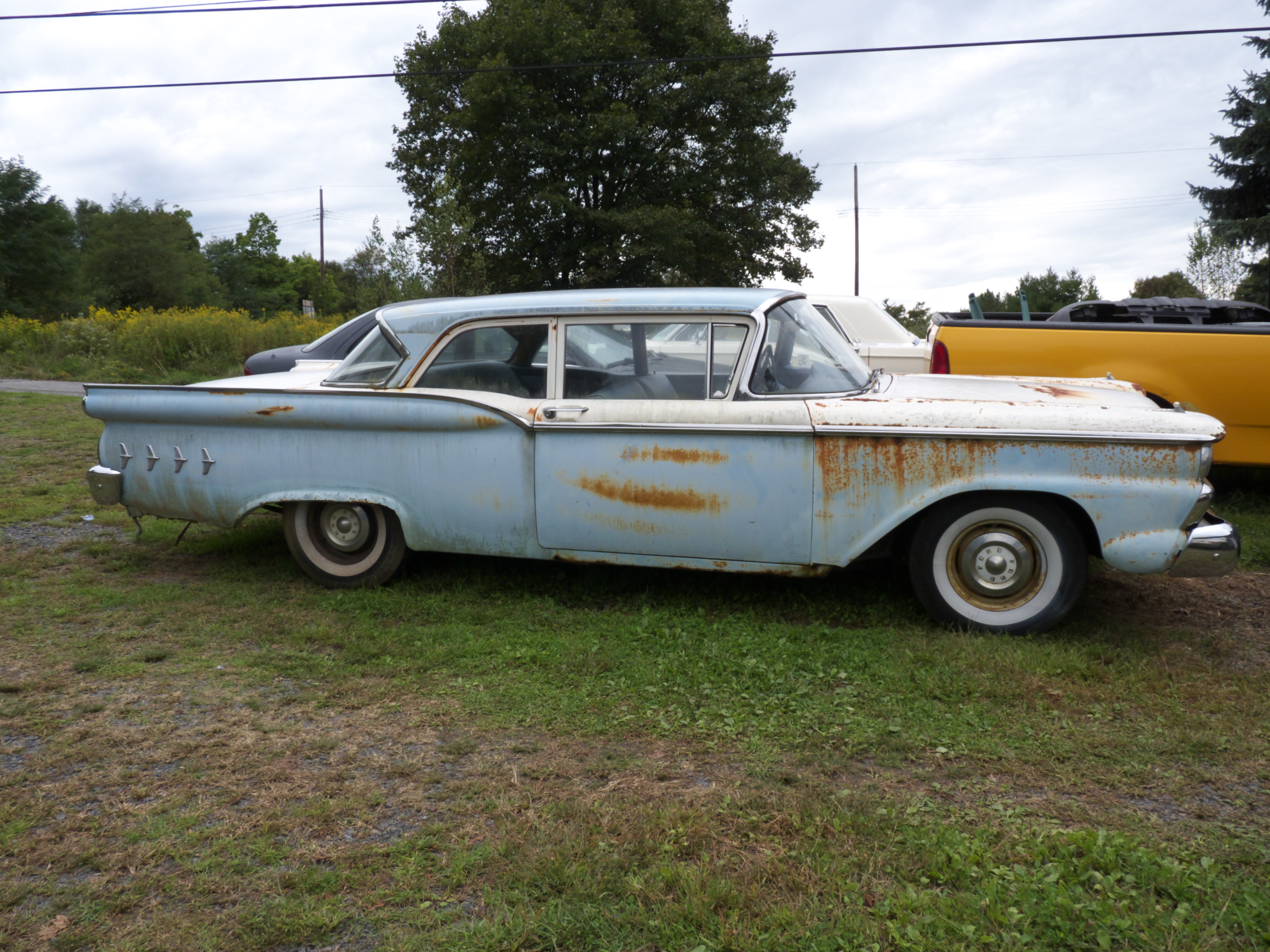In the past, Centralia could be described as a friendly town with 3,000 residents, who could enjoy common facilities: shops, churches, hotels and bars. As with other U.S. cities, Centralia was what could be called a "boomtown". The first inhabitants settled here in 1866, and the settlement rapidly flourished, after profits were incoming from mining going on in the hill area. In the particular case of this city, what helped it rise, also made it collapse.
The decline began suddenly in 1962, with nothing to announce it. Some workers chose to burn garbage in a hole dug in the ground, when they accidentally ignited a vast deposit of anthracite that, in reality, the entire city was built on. Once lit, the fire spread to the entire network of local coal deposits, eventually causing a huge underground fire.
Both town officials, and the government have tried for years to find an optimal solution to stop the fire under the city, but without much success. Techniques such as coal dynamiting, digging trenches for separation or embers with water flooding, have failed, one by one. Last possible solution to save the city was digging a deep underground drainage network to isolate the hot spots. But that method required exorbitant costs. So, the final solution was adopted: the city needed to be relocated.
In 1981, with the underground burning for nearly 20 years, people were served another unexpected surprise when the earth literally opened under the feet of a 12 year old boy, who managed to run to safety. From the 45 meters deep pit, poisonous carbon monoxide gas was released upon the town.
 |
| All rights reserved by adamcoop68 |
A year later, the government allocated 42 million dollars for relocation of Centralia's residents, the old town becoming a lost cause, a ghost town. Most people volunteered to help, so when the evacuation was almost complete, the town was already abandoned. About 20 people did not accept leaving their homes so they voluntarily remained trapped in another world. The government closed all access roads with any other city, effectively isolating it from the rest of U.S. The process was designed to minimize any danger of a possible outbreak of the fire on the surface or ground cracking.
 |
| All rights reserved by adamcoop68 |





this http://thehiat.blogspot.com site is so beautiful.Centralia could be described as a friendly town with 3,000 residents, who could enjoy common facilities: shops, churches, hotels and bars. As with other U.S. cities, Centralia was what could be called a "boomtown". The first inhabitants settled here in 1866, and the settlement rapidly flourished, after profits were incoming from mining going on in the hill area. In the particular case of this city, what helped it rise, also made it collapse.
ReplyDeleteI remember my family going through this town on occasion when I was a kid. At that time the town was still fully occupied. Years later I lived in the next town over, Mt. Carmel. I often drove through Centralia but by then the town was nothng more than a few houses and lots of smoke coming out of the ground. It was quite a difference.
ReplyDelete